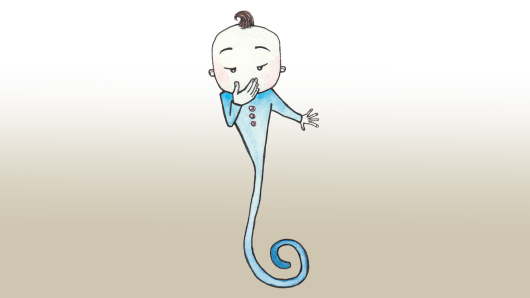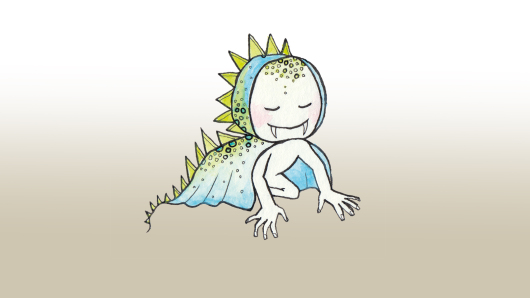So much for microscopic
Not all microorganisms are invisible to the naked eye. The largest species of bacteria discovered to date, Thiomargarita magnifica, certainly lives up to its name: while average bacteria measure roughly one micrometre (one thousandth of a millimetre), this thread-like single-cell organism found in the waters of Caribbean mangrove forests can grow to an impressive two centimetres in length. [1]
Masters of the Extreme
Facts about extraordinary microorganisms
- [1] So much for microscopicExternal link
- [2] State microbesExternal link
- [3] Microorganisms are mass manufacturersExternal link
- [4] Microorganisms are mass manufacturersExternal linkde
- [5] Eight per cent of the human genome originates from virusesExternal link
- [6] Eight per cent of the human genome originates from virusesExternal link
- [7] Witnesses to the age of dinosaursExternal link
- [8] Witnesses to the age of dinosaursExternal link
- [9] Life in inhospitable locationsExternal link
- [10] Life in inhospitable locationsExternal link
- [11] Life in inhospitable locationsExternal linkde
- [12] Microorganisms are feasting on the TitanicExternal linkde
- [13] Fungus draws on radiation as an energy sourceExternal link
- [14] Fungus draws on radiation as an energy sourceExternal link







